Alec Baldwin’s claim that he never pulled the trigger of the gun he used to accidentally kill a cinematographer was challenged in court today by an FBI firearms expert.
Bryce Ziegler, an FBI firearms unit agent who examined the gun Baldwin used, said he had to break the gun with a sledgehammer to get it to fire without using the trigger.
Ziegler, who appeared for prosecution, said that couldn’t have happened on the set of Rust because the gun was in good condition when it arrived on the set.
His analysis contradicts Baldwin’s claims that he only removed the firing pin from the antique-looking pistol.
The FBI agent testified during the trial of Hannah Gutierrez-Reed, 26, Rust’s gunsmith.
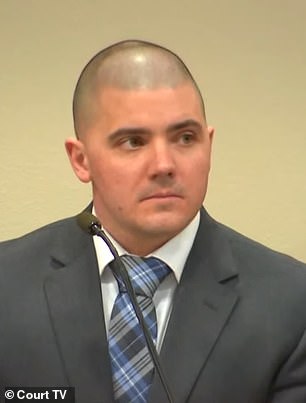
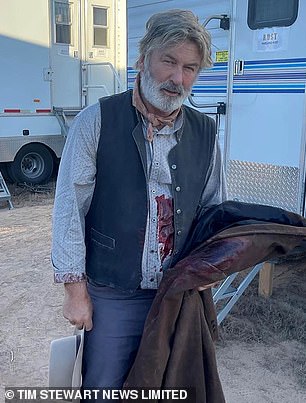

FBI firearms expert Bryce Ziegler gave evidence during the trial of Rust gunsmith Hannah Gutierrez-Reed, 26, on Monday, who disputed Alex Baldwin’s version of events.
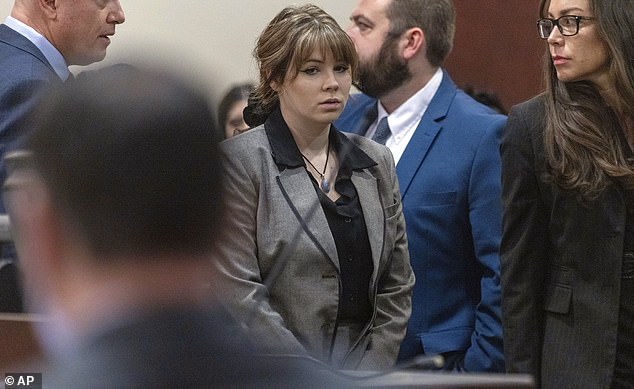

Gutierrez-Reed is charged with involuntary manslaughter and also faces a charge of tampering with evidence.
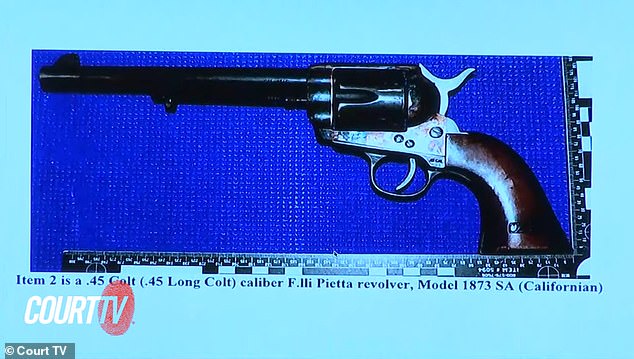

Ziegler’s assessment challenges Alec Baldwin’s claim that he never pulled the trigger of the gun that shot and killed cinematographer Halyna Hutchins.
She is charged with involuntary manslaughter in the case taking place in Santa Fe, New Mexico. The film was being filmed in nearby La Cienega in October 2021 when Baldwin, 65, shot and killed Hutchins, 42.
The bullet passed clean through Hutchins, causing fatal wounds, and struck Rust director Joel Souza in the shoulder. He survive.
Baldwin will face trial at a later date for involuntary manslaughter. Both he and Gutierrez-Reed face a maximum of 18 months in prison if convicted.


The bullet passed clean through cinematographer Halyna Hutchins, causing her fatal injuries.
Ziegler told the court he performed extensive tests on the firearm Baldwin was using for practice.
In his lab, the only way he could get the gun to fire without pulling the trigger was by hitting it with a sledgehammer, which caused the gun to be damaged inside.
Prosecutor Kari Morrissey said: ‘In order to fire the gun without pulling the trigger, did you have to break it?’
Ziegler said: ‘That’s what I had to do in my lab.
“It wouldn’t fire without pulling the trigger in the fully cocked position without breaking.”
Morrissey asked if the gun used by Baldwin was in “proper working condition” when it arrived at the FBI lab where Ziegler works.
Ziegler stated that it “functioned normally” and that the only damage occurred later during testing.
Speaking to Chris Cuomo on NewsNation in 2022, Baldwin said the incident on the set of Rust was similar to “fanning” a gun, a technique used in Western-style films to fire multiple bullets from a gun.
He said, ‘So if you pull the hammer back and don’t lock it, if you pull the hammer back quite far, in the old western movies, you would see someone swing the hammer of the gun.
“The hammer didn’t lock, you pulled it back to the point where it would fire the bullet without you pulling the trigger, without you locking the hammer.”
Ziegler appeared to contradict this, saying that during testing at the FBI lab he put the hammer in the quarter-cocked and half-cocked positions – without locking it – and tried to pull the trigger to make it fire.
He said this test was to see if he could “tighten it enough to cock it and release it,” but this was not possible and he was unable to fire the gun.
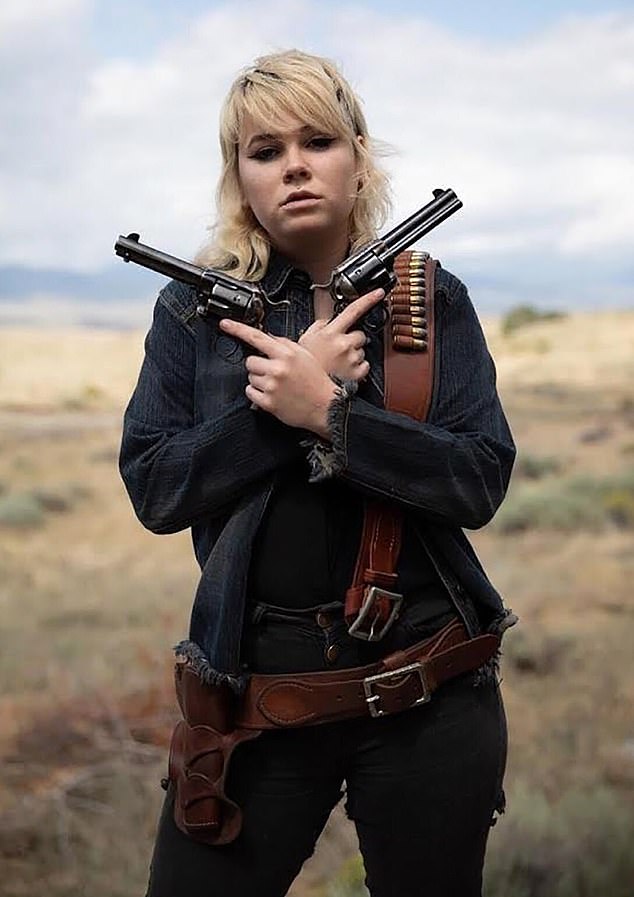

Gutierrez-Reed also faces a charge of tampering with evidence after prosecutors say she gave another person a bag of cocaine after a police interview to prevent authorities from obtaining it.
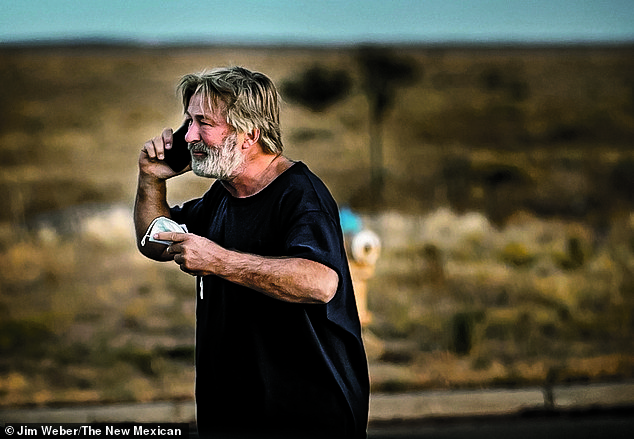

Baldwin is seen in the parking lot outside the Santa Fe County Sheriff’s Office following the shooting in October 2021. He was originally charged with involuntary manslaughter, but the charges were dropped in April of last year. He was dramatically charged again last month and pleaded not guilty.
During the trial, which began last week, Gutierrez-Reed’s lawyers have tried to portray Baldwin as responsible for filming Rust and negligent in his role as producer.
The jury heard allegations that Baldwin “ignored basic gun safety rules” by pointing a gun at Hutchins when he did not intend to shoot him.
Baldwin did not even need to use a gun for the scene he was filming and could have used a stick instead, it was claimed.
Katherine ‘Row’ Walters, the film’s production manager who oversaw its daily development, testified that Baldwin ‘wasn’t paying attention’ during safety training on the film’s set.
He also revealed that the entire six-person camera crew left the set of Rust the day before Baldwin shot Hutchins.
Gutierrez-Reed also faces a charge of tampering with evidence after prosecutors claimed she gave another person a bag of cocaine after a police interview to prevent authorities from obtaining it.
Baldwin was originally charged with involuntary manslaughter, but the charges were dropped in April of last year.
He was dramatically charged again last month and pleaded not guilty, as did Gutierrez-Reed.
In 2022, Baldwin settled a civil lawsuit brought against him by Matthew Hutchins, Hutchins’ widow and father of his 11-year-old son.
Under the terms, Rust continued production at a new location in Montana and Hutchins, who called his wife’s death a “terrible accident,” is executive producer.
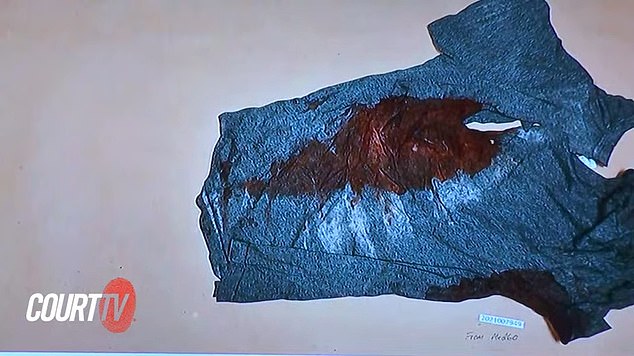

Shocking images of cinematographer Halyna Hutchins’ blood-stained shirt were shown to the jury on Friday.
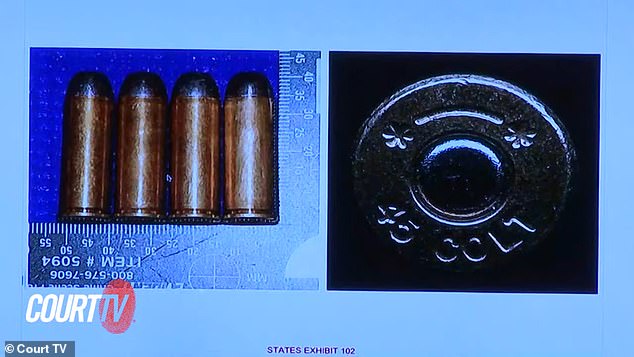

The live ammunition in the gun that killed Hutchins was shown in court today.
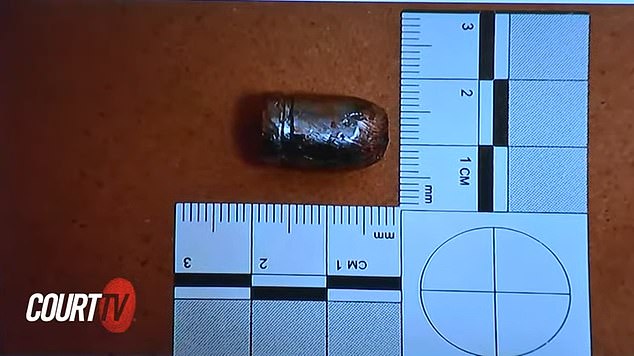

The bullet that killed the cinematographer and wounded the film director is seen above.
Dave Halls, the film’s first assistant director and security coordinator, is among the witnesses who will testify during the two-week trial, including other crew members.
Halls was already sentenced to six months’ probation last year after admitting negligent use of a deadly weapon.
A separate civil lawsuit against Baldwin for taking safety measures brought by members of the Rust production team is ongoing.
Speaking to ABC News in December 2021, Baldwin said: ‘I didn’t pull the trigger. I would never point a gun at anyone and pull the trigger. Never’.
But in August 2022, a report from the FBI crime lab was made public that echoed Ziegler’s comments.
The report said the gun “could not be fired without pulling the trigger” while the hammer was cocked in the quarter and half positions.
The ballistic analysis also found that the weapon “could not be fired without pulling the trigger while the internal working components were intact and functional.”

